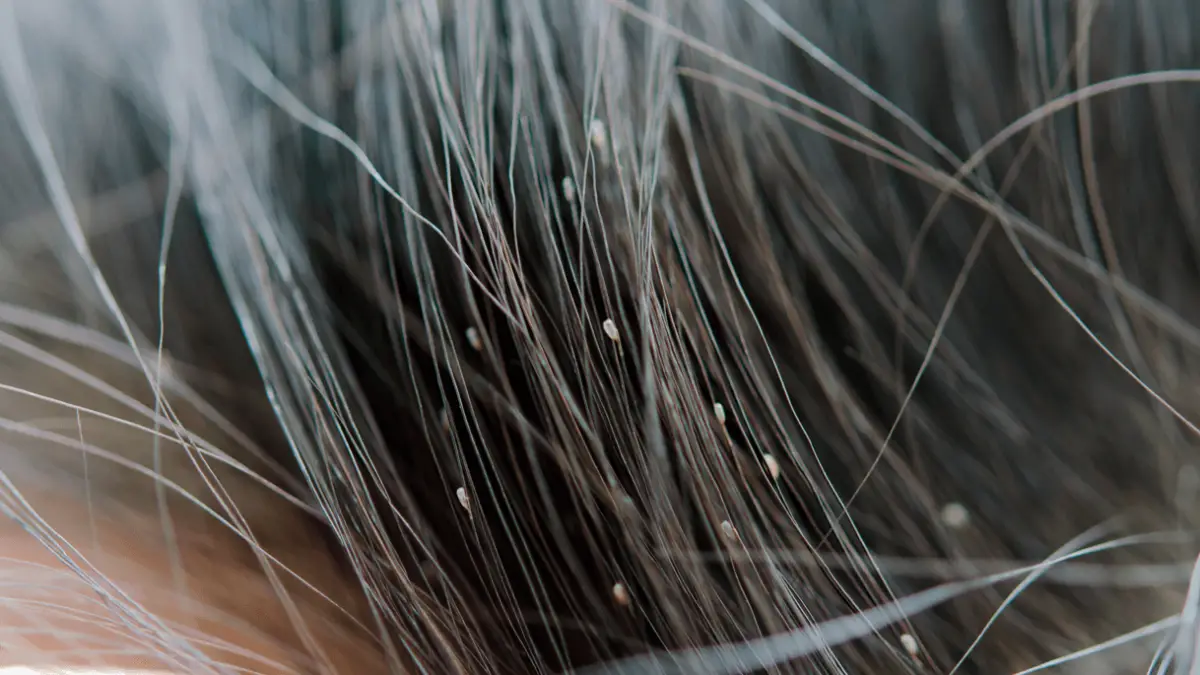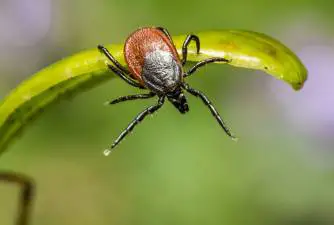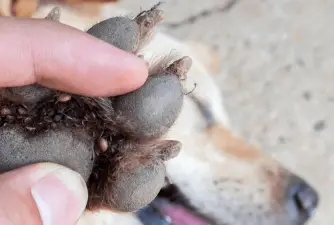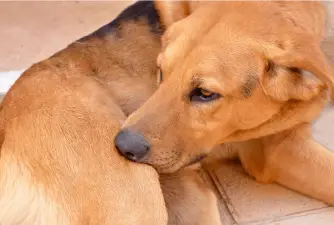Dog Lice - What Are They and How to Get Rid of Them
09.04.2021.
There is some good news and some bad news when it comes to lice in dogs. The bad news is they are very irritating and can cause all sorts of problems for your dog. The good news is you cannot catch lice from your dog, nor can your dog catch lice from you. Dog lice are only infesting dogs, and human lice are only infesting humans. However, as a dog owner, you should know what they are and how to effectively eliminate them.
What are dog lice?
Just like fleas or mites, dog lice are parasites that feed off of the dog’s skin. These tiny, six-legged parasites have tiny hooks that allow them to grip tightly on the dog’s hair. They are stubborn and can easily infect all dogs in your household. There are two main types of dog lice; chewing and sucking dog lice.
Sucking dog lice
The sucking type of dog lice is scientifically called Linognathus setosus. These parasites feed on dog’s blood. They need warm climates to survive, so they are widespread in India, Africa, Asia, and subtropical areas of North and South America.
Chewing dog lice
Chewing dog lice feed on skin and secretions from the dog. There are two types - Heterodoxus spiniger and Trichodectes canis. These parasites have blunt, flat heads, unlike the sucking dog lice that have a sharp mouthpiece. These lice can be found everywhere in the world, but luckily, they usually infect dogs for 30 days.
A great way to make sure your dog doesn’t get lice is by taking preventive measures. Check out this article for some suggestions - Flea and tick treatment.
How can I know my dog has lice?
There are different signs your dog will exhibit if they have a lice infestation. The good thing is - dog lice can be seen by the naked eye, so they are relatively easy to spot. These tiny parasites are usually between 2 and 4 millimeters long, and you can spot them moving on your dog’s skin when you brush or part your dog’s hair.
Lice are often mistaken for dandruff. The easiest way to check if it is lice or dandruff is by shaking the loose hair. If you see tiny flakes falling off the hair, it is dandruff. However, if you notice these tiny flakes clinging to the loose hair, it is lice. That is not the only thing you can see on your dog if they have lice. Keep an eye on these symptoms of lice infection in dogs;
- Matted and dry coat
- The coat becomes rough to the touch
- Itchiness and intense scratching
- The dog will often be restless
- The hair around the dog’s neck, ears, groin, shoulders, and the rectal area will start to fall off.
- Tiny wounds
- Infections can happen if the dog is infected by sucking dog lice
- In worst cases, dogs can develop anemia.
Where can my dog get lice?
Again, there is some good news when it comes to dog lice. They are limited in movement. They crawl but are unable to jump or fly. Dog lice cannot survive on the ground for long, so if they fall off the host, they will die in a couple of days. The most common way of lice infections is through direct contact with a dog that is already infected. However, dogs can get them from lying on contaminated surfaces such as dog beds or by touching contaminated collars, grooming tools, or dog coats.
Another parasite often infecting dogs are ear mites. You can read more about them here - Ear mites and how to get rid of them.
How to get rid of dog lice?
If you noticed your dog is acting weird and you determined they have lice infestations, there are a couple of ways to get rid of them. The good news is, lice infestations are relatively rare. There are plenty of flea and tick shampoos and preventatives that made lice infestations uncommon in dogs that are well-treated and cared for.
If you noticed your dog has lice, there are many insecticides you can use to get rid of them in your dog. Some of the most effective ones are;
- Imidacloprid
- Fipronil
- Topical permethrin
- Selamectin
Make sure you talk to your vet before you decide to use anything on your dog. Your vet will account for your dog’s breed, age, health, and activity level before they advise you on the best way to get rid of dog lice from your dog.
Getting rid of dog lice from your dog’s coat is not enough. These nasty little parasites can infect furniture, carpets, and other things in your home. If you fail to do so, dog lice are likely to reinfect your dog. Make sure you clean your dog’s coat, bedding, bed, and surfaces of all the places they have spent time.
It is a good idea to replace their grooming brushes since it can be impossible to clean them from lice eggs. If you have multiple dogs at your home, make sure they all go through lice treatment. They might not have any symptoms yet, but that doesn’t mean there aren’t any lice on them.
The dog lice treatment will last at least a month. You must treat your dog regularly and thoroughly; otherwise, they will never get rid of these parasites.
Dog lice can spread all sorts of nasty bacteria and other parasites. One of these parasites is the tapeworm. Tapeworms are intestinal parasites that can affect and cause further health issues for your dog. If your dog was infected by lice, you should make sure the dog doesn’t have tapeworms. You can read more about other parasites, including the tapeworm, here - Parasites in dogs.
World Dog Finder team







Share